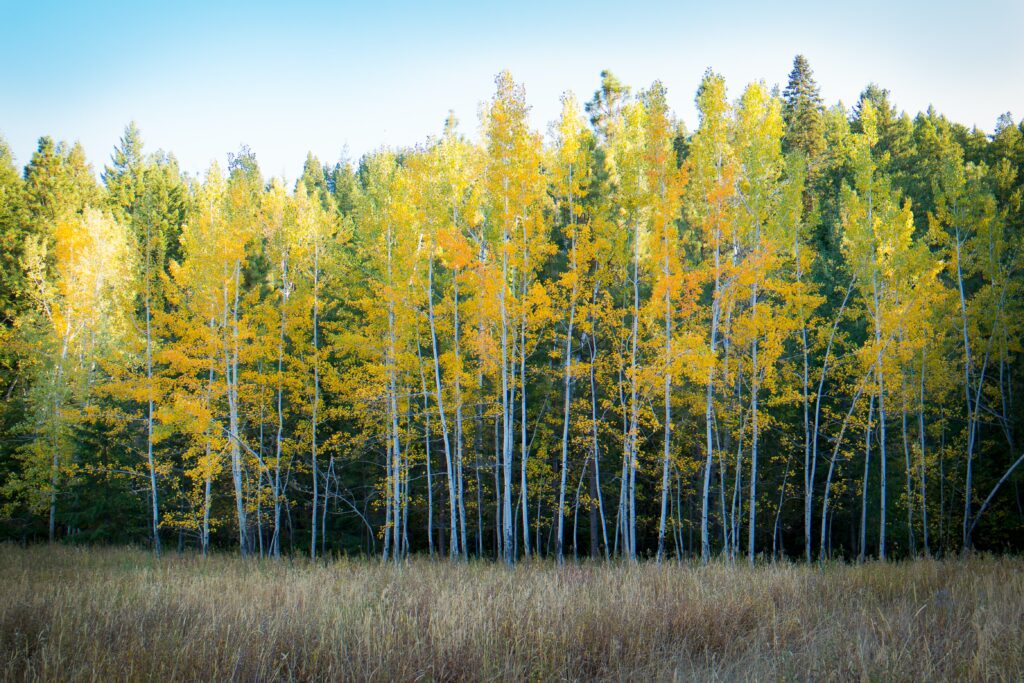 Photo: Collie Coburn/Unsplash
Photo: Collie Coburn/Unsplash
Cannabis Benchmarks spoke with Van McConnon to get a feel for the Colorado cannabis market, where he has been a grower and a consultant in the industry for decades. McConnon has seen some ups and downs as a market participant, consultant to cannabis firms, and observer.
Charts can reveal the technical reason for a sell-off in Colorado cannabis prices, but McConnon sees big structural issues as the cause for much of the price deterioration in the state and across the nation. When asked what he thinks is driving Colorado prices down, McConnon simply said, “Oklahoma.” According to McConnon, Colorado had a thriving cross-border cannabis trade with Texas until a massive growing spree in Oklahoma snatched that business away. McConnon said Colorado stores along the Oklahoma panhandle were some of the most profitable in the state until Texans gave up traveling north to that area and started partaking in the convenience of a 540 mile border with Oklahoma. Adding insult to injury, Colorado “weed tourism” all but dried up during COVID and, with cannabis legal across much more of the nation than when Colorado and Washington first legalized in 2014, “now you can have weed tourism in any [legal] state,” according to McConnon.
McConnon said Colorado prices have little chance of recovery in a market characterized by “$40 ounces” and “last year’s outdoor crop still on the market.” The recent rise in outdoor cannabis prices in the state is due to the “summer crop” bumping prices up; the implication is that fresher product temporarily drew higher bids in the market. He sees greenhouse product trading $550 – $650 per pound and bifurcates the top end of the market, saying the best indoor product is still getting $1,200 to $1,400 per pound, with middling indoor trading between $900 – $1,000 per pound. McConnon said there is no chance Colorado cannabis prices will recover if “this year’s crop comes in like last year’s crop,” referring to the size of the 2021 harvest.
McConnon says Colorado cannabis “revenue is down 20%” and harvest weight is down “10 to 12%” as demand slackens in the wake of “losing Texas.” In a bit of a history lesson, McConnon recalled the practice of “looping,” whereby medical card holders would buy the maximum 2.5 ounces each day, accumulating ten pounds of product in a week’s time and then taking it to Oklahoma, Texas, and Nebraska for a quick, fat profit. He said “looping has gone way down” in a local crackdown on the practice and due to the demand drop off behind Oklahoma legalization.
On a wider frame, McConnon noted “folks got into this market with weed at $350 – 400 per ounce,” himself included. Today, at $150 per ounce for the best product, he does not see a sustainable business model. McConnon has seen his share of whipsaws in the cannabis market – ranging from price crashes to illicit market dominance to demand destruction – and is skeptical current businesses can go on in this manner, much less under nationwide legalization.
Speaking of nationwide legalization, McConnon is not averse to picking winners when interstate trade is eventually allowed. In his view, Oregon has the best cannabis in the nation hands down, followed by northern California, which he sees as having a very expensive tax and licensing regime, not to mention very expensive energy costs and water issues. He theorized that East Coast markets may not thrive as expected due to high land and licensing costs, high taxes, and climates not conducive to vast production. At the end of the day, McConnon sees Oregon as the big winner in national legalization, given their history of exporting the crop, low barriers to entry in the cannabis business, high quality product, and low energy and land costs.
McConnon tends to see the wider picture in terms of how successful each market is in its own right and in relation to other state cannabis markets. Montana has cannabis quality issues. California has quality issues from the largest grow sites but, along with Oregon, has a thriving illicit market where “spending $75,000 for 100 pounds of cannabis can return $250,000 when it arrives in Chicago.”
Speaking of Illinois, they too have quality issues arising from the “oligarchy,” said McConnon, referring to the large Multi-State Operators based in the state. In fact, he remarked, “it’s a close contest between Florida and Illinois for the worst weed” in the nation. He puts this down to massive grows in limited licensing states that keep craft growers from producing a better product for consumers. He believes the cannabis industry should be 100% consumer-focused, allowing anyone to grow and sell cannabis without licensing and tax restrictions. He believes there is little understanding of the “effectiveness of the black market,”and noted that state legalization schemes, in which he has extensive experience, are disparate and not amenable to nationwide legalization.
McConnon has been around the business for decades and thinks people might not understand the implications of nationwide legalization. McConnon posed the question, “will dedicated weed shops survive on $2 per gram at retail?” He thinks not. However, McConnon is hopeful for those who can produce very high end cannabis and establish a niche market amid nationwide legalization, where he expects massive cannabis grows to flood the market with substandard product.